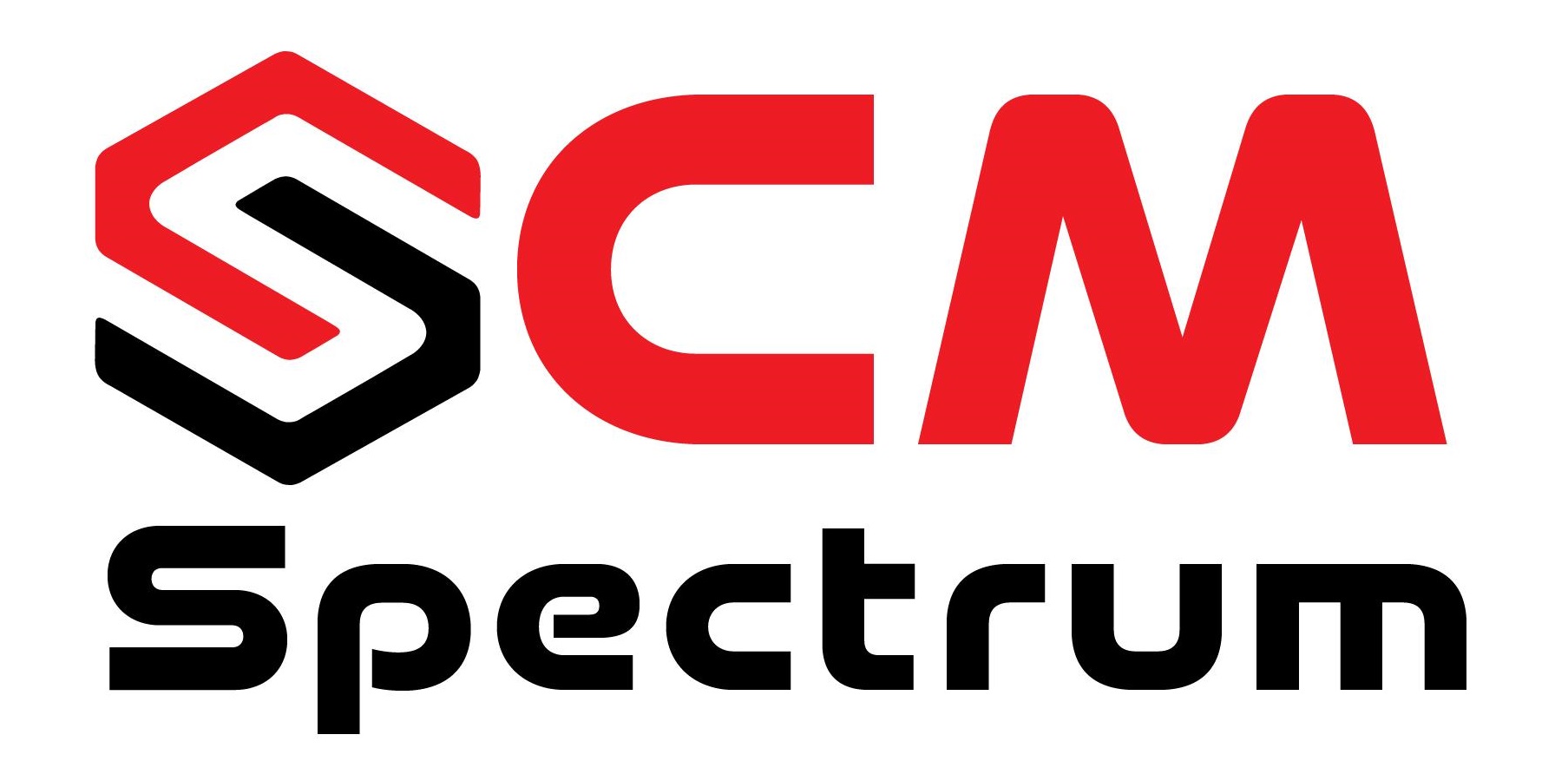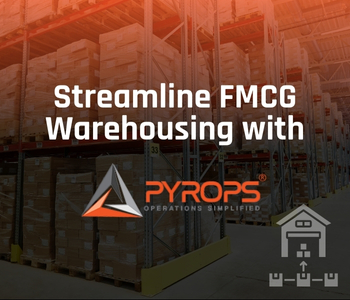E-commerce has revolutionized shopping habits, making speed and convenience critical factors in customer satisfaction. Initially, companies focused on reducing delivery times, with one-day shipping becoming the standard in 2021. However, by 2024, ultra-fast deliveries, sometimes within minutes, have transformed the market. Yet, while speed remains crucial, businesses are now recognizing that flexibility in logistics plays an even greater role in ensuring long-term success.
The Race for Speed: How Fast Is Fast Enough?
The demand for speed in e-commerce has surged over the years, compelling businesses to invest in cutting-edge logistics solutions. Companies have optimized last-mile deliveries, reduced warehouse processing times, and expanded fulfillment centers to meet increasing customer expectations. Moreover, firms have leveraged AI-driven predictive analytics to anticipate order patterns and enhance efficiency. However, focusing solely on speed often leads to operational bottlenecks and higher logistics costs, making adaptability an essential component of the equation.
Flexibility: The True Game-Changer
While speed attracts customers, flexibility ensures retention and brand loyalty. E-commerce businesses are now integrating dynamic delivery options, real-time tracking, and customer-centric return policies. For instance, allowing customers to modify delivery times, change addresses, or opt for alternate pickup locations significantly enhances user experience. Additionally, implementing smart inventory management systems helps businesses maintain stock availability and reduce last-mile delivery failures. As a result, companies that prioritize adaptability gain a competitive advantage in the fast-evolving market.
Technology’s Role in Streamlining Deliveries
Automation, artificial intelligence, and real-time data analytics have become indispensable tools in modern e-commerce logistics. AI-driven route optimization enables companies to determine the most efficient delivery paths, reducing transit times and fuel costs. Additionally, warehouse automation enhances order processing speed, ensuring quicker dispatch times. Furthermore, integrating IoT-enabled tracking devices provides customers with precise delivery updates, fostering trust and transparency in the supply chain. These technological advancements enable businesses to balance both speed and flexibility in their operations.
Meeting Customer Expectations in a Dynamic Market
Consumer behavior continues to evolve, demanding personalized and convenient delivery solutions. Offering same-day and scheduled deliveries, eco-friendly packaging, and contactless drop-offs caters to modern shoppers’ diverse preferences. Furthermore, companies that implement flexible pricing models for faster delivery services create added value for customers willing to pay a premium. In contrast, rigid logistics frameworks often struggle to keep up with shifting market demands, leading to customer dissatisfaction and brand erosion.
Striking the Right Balance for Long-Term Success
E-commerce companies must strike a balance between rapid deliveries and adaptable logistics strategies. Businesses investing in scalable and tech-driven supply chain solutions remain agile in responding to fluctuations in demand. Additionally, fostering collaborations with third-party logistics providers enhances fulfillment capabilities while reducing operational complexities. Ultimately, companies that successfully integrate speed with flexibility will sustain long-term growth, strengthen customer relationships, and maintain a competitive edge in the e-commerce landscape.
Conclusion
While speed remains an essential factor in e-commerce success, flexibility has emerged as the key differentiator in a highly competitive market. Companies that embrace technology-driven logistics solutions, prioritize adaptability, and cater to evolving consumer needs position themselves for sustained success. As the industry continues to evolve, striking the perfect balance between speed and flexibility will define the next era of e-commerce excellence.







